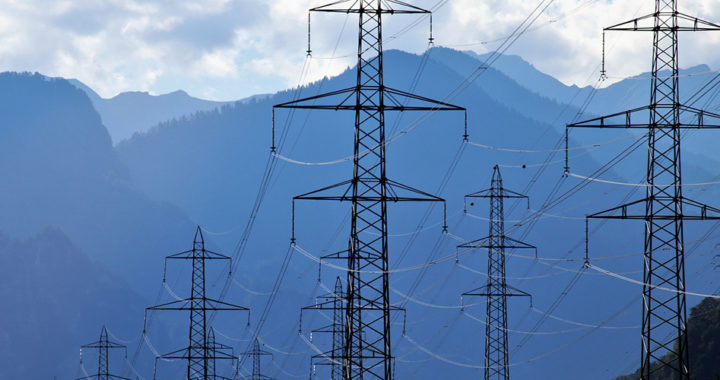Critical infrastructure or critical national infrastructure is a term used by various governments to refer to physical, non-physical, and information technology resources or assets, facilities, and systems that are essential for maintaining government operations and the minimum functioning of the society and its economy. More modern critical infrastructures are also interconnected. This means that a threat to one can have cascading effects across others.
What are Critical Infrastructures: A Look Into Their Definition, Origin, Examples, and Purpose
Definition
Laws have been developed and designed to arm a particular government with the framework for protecting these infrastructures or for promoting critical infrastructure security through relevant government agencies. These laws also provide a thorough definition and description of what critical infrastructures are and their multifaceted purpose and importance.
Note that the United States Patriot Act of 2001 defines critical infrastructures as “systems and assets, whether physical or virtual, so vital to the United States that the incapacity or destruction of such systems and assets would have a debilitating impact on security, national economic security, national public health or safety, or any combination of those matters.”
The Centre for the Protection of National Infrastructure of the United Kingdom further describes critical infrastructure “as facilities, systems, sites, information, people, networks and processes, necessary for a country to function and upon which daily life depends” and some functions, sites, or organizations which need protection to promote national security.
Origin
The term “critical instruction” first appeared in the 1990s as a formal concept related to national security and protection. Take note that the United States has had a comprehensive infrastructure protection program in place since 1996. It was however at the dawn of the new millennium that the term and concept garnered wider attention and further applications.
Both security expert Robert S. Randvanovsky and asset protection and security consultant Allan McDougall explained that concerns over the security of national infrastructures emerged during the Y2K Problem or Millennium Bug incident that threatened to incapacitate computer systems around the world and the September 11 Terrorist Attacks in the United States.
The establishment of the U.S. Department of Homeland Security in 2002 marked a commitment toward critical infrastructure protection. The European Union followed suit in 2004 with its European Programme for Critical Infrastructure Protection. The United Kingdom also founded the Centre for the Protection of National Infrastructure in 2007.
Examples
Remember that critical infrastructures are crucial to the governance and socioeconomic function of a country. Several resources from different government agencies, including the 2013 National Infrastructure Protection Plan of the Department of Homeland Security, have listed and defined examples of critical infrastructure. Take note of the following:
• Commercial Infrastructures: Telecommunication infrastructure and systems, healthcare systems, water supply and treatment management, energy production and electricity generation and distribution, food and agriculture, information technology, and financial services, among others.
• Public Infrastructures: Security services from the police and military, transportation infrastructure such as roads and ports, utility infrastructures such as the power grid and telecommunication lines, and government facilities which include offices and military bases, among others.
Purpose
It is important to reiterate the fact that programs and policies aimed at protecting national or critical infrastructures are generally and currently based on the need to effectively and efficiently manage, respond, and minimize threats, vulnerabilities, and consequences. The identification and management of threats are central to a critical infrastructure security program.
The 2013 National Infrastructure Protection Plan of the Department of Homeland Security has identified and listed these threats. These include extreme weather conditions and natural disasters, disease outbreaks or further epidemics and pandemics, human-made accidents and technical failures, acts of terrorism, and cybersecurity threats and attacks,
A particular critical infrastructure security program needs to protect assets and systems that are essential for maintaining government operations and the minimum socioeconomic functioning. It recognizes that a setback in one of these critical infrastructures can affect government functions, economic activities, and the welfare of communities, among others.
